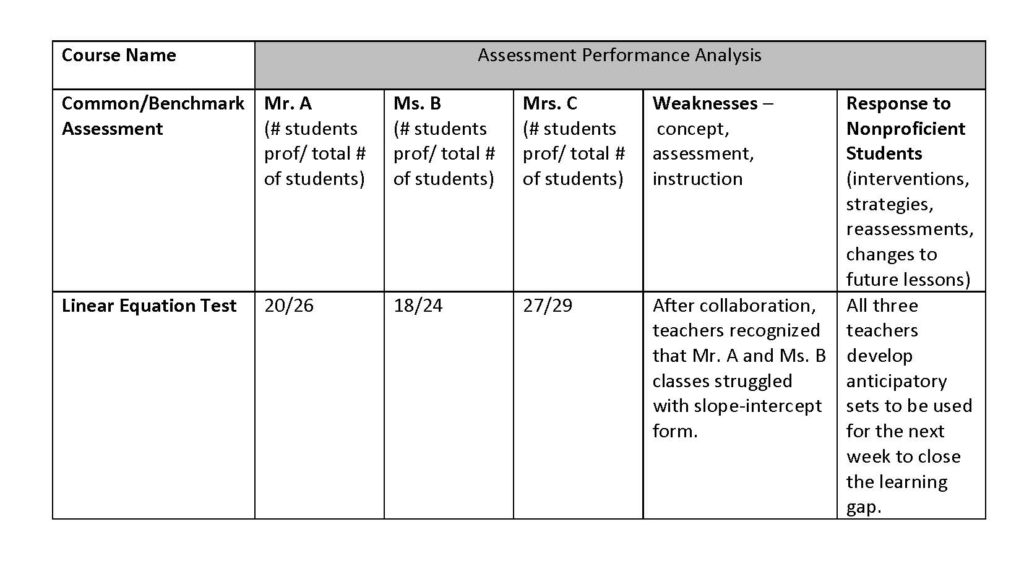- Home
- About
- Blog
- Photos
- AR Summaries
- Year 1
- AR Showcase 2024 – Cohort 11
- Communication
- Energy Enhancers
- Goal Setting
- Managing Stress and Distress
- Mapping My Day
- Meeting My Needs
- Reflection
- Time on Task
- AR Showcase 2020 – Cohort 7
- AR Showcase 2019 – Cohort 6
- AR Showcase 2018 – Cohort 5
- AR Showcase 2017 – Cohort 4
- AR Showcase 2016 – Cohort 3
- AR Showcase 2015 – Cohort 2
- Year 2
- AR Showcase of Schools 2020 – Cohort 6
- AR Showcase of Schools 2019 – Cohort 5
- AR Showcase of Schools 2018 – Cohort 4
- AR Showcase of Schools 2017 – Cohort 3
- AR Showcase of Schools Program 2017 – Cohort 3
- Building a Positive Collaborative Culture
- Creating an Instructional Model
- Implementing Character Education Behavior Programs
- Implementing Teacher Instructional Growth Goals
- Improving Communication
- Instructional Rounds/Walkthroughs
- Restructuring Meeting Time to Improve Teacher PD
- Other
- AR Showcase of Schools 2016 – Cohort 2
- Year 1
- Merchandise
- IPLI Extended
- Cohort 13 Applications
01
MAY
2019
Real-time Data System for Instruction and Learning
By David Maugel, IPLI Mentor (Cohorts 3 & 5) and High School Principal at NorthWood High School

Data Wise
Each year we are challenged as building principals to better utilize assessment results to improve teaching and learning. Many of us have developed different ways to collect and analyze data but fall short of utilizing the data to impact instruction and learning. Sometimes, the system to collect and analyze data is not timely, making its impact low at best.
At NorthWood High School, we have been developing different systems to collect, analyze, and act on student performance results. For years, we have utilized Professional Learning Community collaboration to discuss student performance results with content groups, which brought awareness of some instructional issues and learning gaps. But we failed to act for a variety of reasons, which included timeliness, common format, and implementation processes.
This year, we decided to take research from How Teachers Can Turn Data into Action by Daniel R. Venables where he describes his Data Action Model, and tweak it to fit our current PLC collaboration model and philosophy from Richard DuFour.
What do we want students to learn?
We have spent five years developing organic curriculum maps that allowed teachers to discuss with colleagues the alignment to standards and learning activities to master the required learning outcomes.
How will we know if the students learned it?
We have worked hard to develop common assessments that would allow teachers to discuss results of those assessments to determine effective instructional practices as well as learning gaps. We have allowed teachers within the same department teaching the same class to utilize their PLC time for quality reflections.
What are we going to do if the students do not learn it?
This past summer during our School Improvement and Professional Development retreat with 15 teachers and a separate Department Chair retreat with 13 teachers, we developed an Assessment Performance Analysis process to respond to learning and instructional gaps. The spreadsheet identifies students who are proficient (75% or higher) on common and benchmark assessments as well as teacher strategies to work with students who don’t make proficiency. These are shared documents that all faculty and administration can view.
Each year we are challenged as building principals to better utilize assessment results to improve teaching and learning. Many of us have developed different ways to collect and analyze data but fall short of utilizing the data to impact instruction and learning. Sometimes, the system to collect and analyze data is not timely, making its impact low at best.
At NorthWood High School, we have been developing different systems to collect, analyze, and act on student performance results. For years, we have utilized Professional Learning Community collaboration to discuss student performance results with content groups, which brought awareness of some instructional issues and learning gaps. But we failed to act for a variety of reasons, which included timeliness, common format, and implementation processes.
This year, we decided to take research from How Teachers Can Turn Data into Action by Daniel R. Venables where he describes his Data Action Model, and tweak it to fit our current PLC collaboration model and philosophy from Richard DuFour.
What do we want students to learn?
We have spent five years developing organic curriculum maps that allowed teachers to discuss with colleagues the alignment to standards and learning activities to master the required learning outcomes.
How will we know if the students learned it?
We have worked hard to develop common assessments that would allow teachers to discuss results of those assessments to determine effective instructional practices as well as learning gaps. We have allowed teachers within the same department teaching the same class to utilize their PLC time for quality reflections.
What are we going to do if the students do not learn it?
This past summer during our School Improvement and Professional Development retreat with 15 teachers and a separate Department Chair retreat with 13 teachers, we developed an Assessment Performance Analysis process to respond to learning and instructional gaps. The spreadsheet identifies students who are proficient (75% or higher) on common and benchmark assessments as well as teacher strategies to work with students who don’t make proficiency. These are shared documents that all faculty and administration can view.

Next Steps?
We will be revising our current systems to fit into the Data Wise system by Kathryn Parker Boudett.
